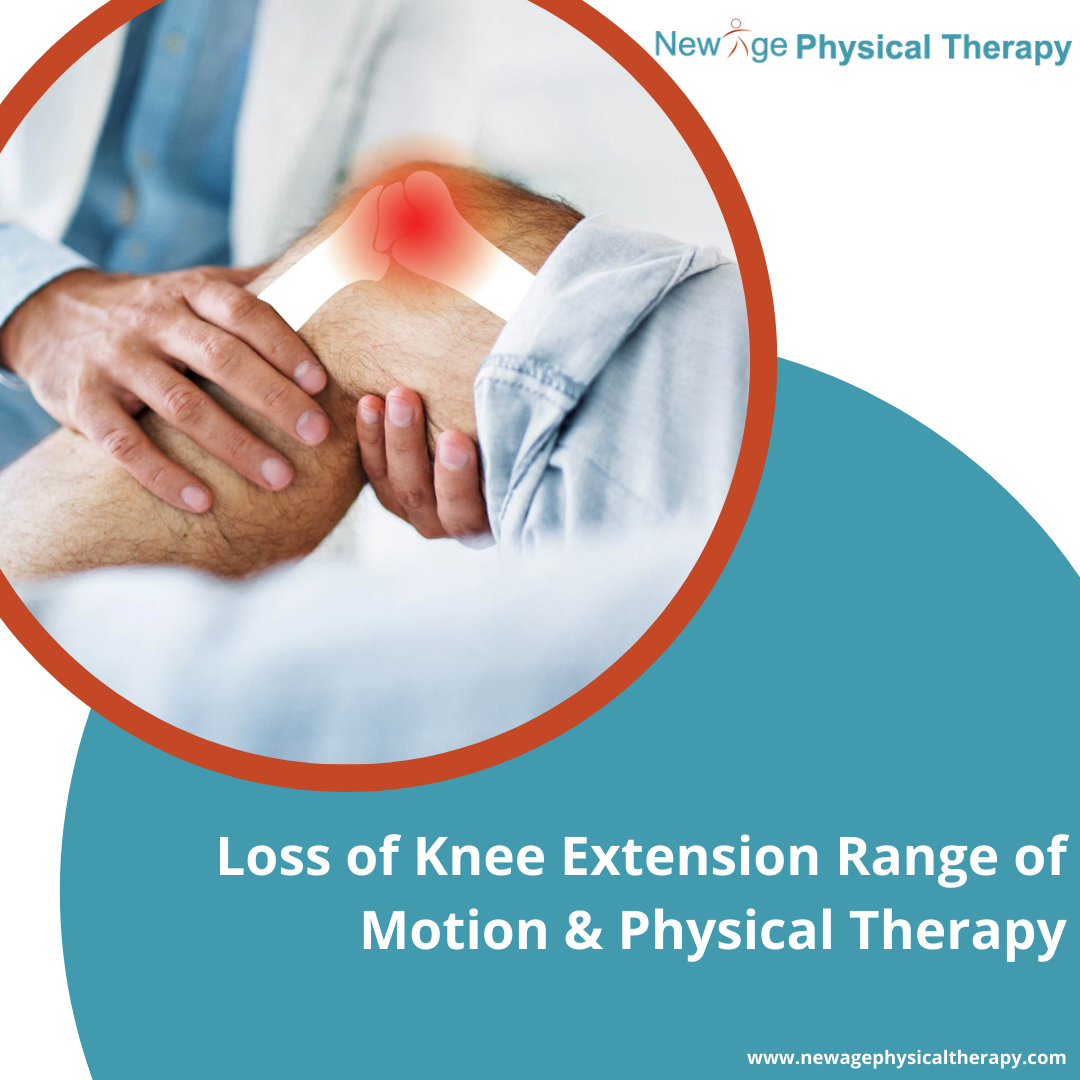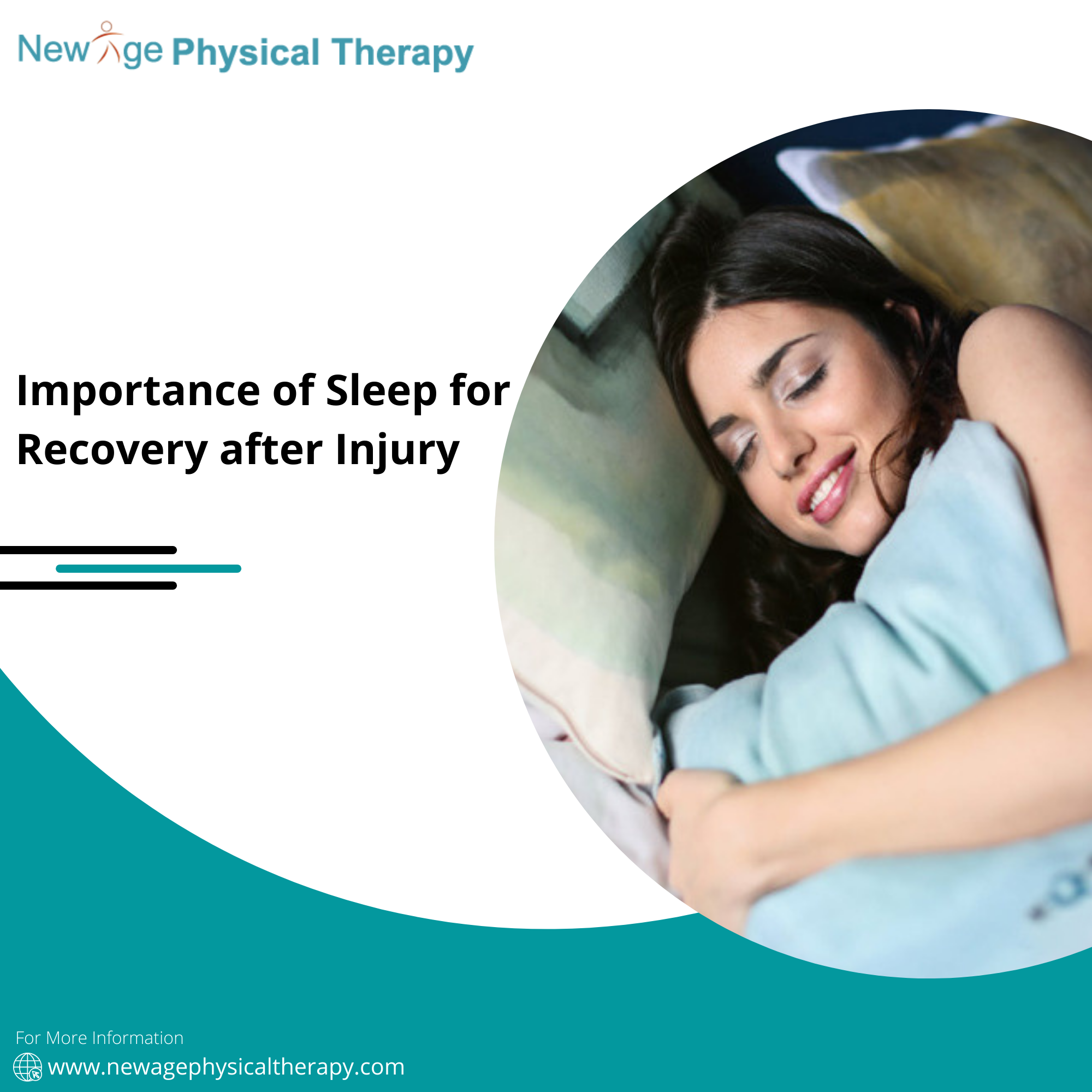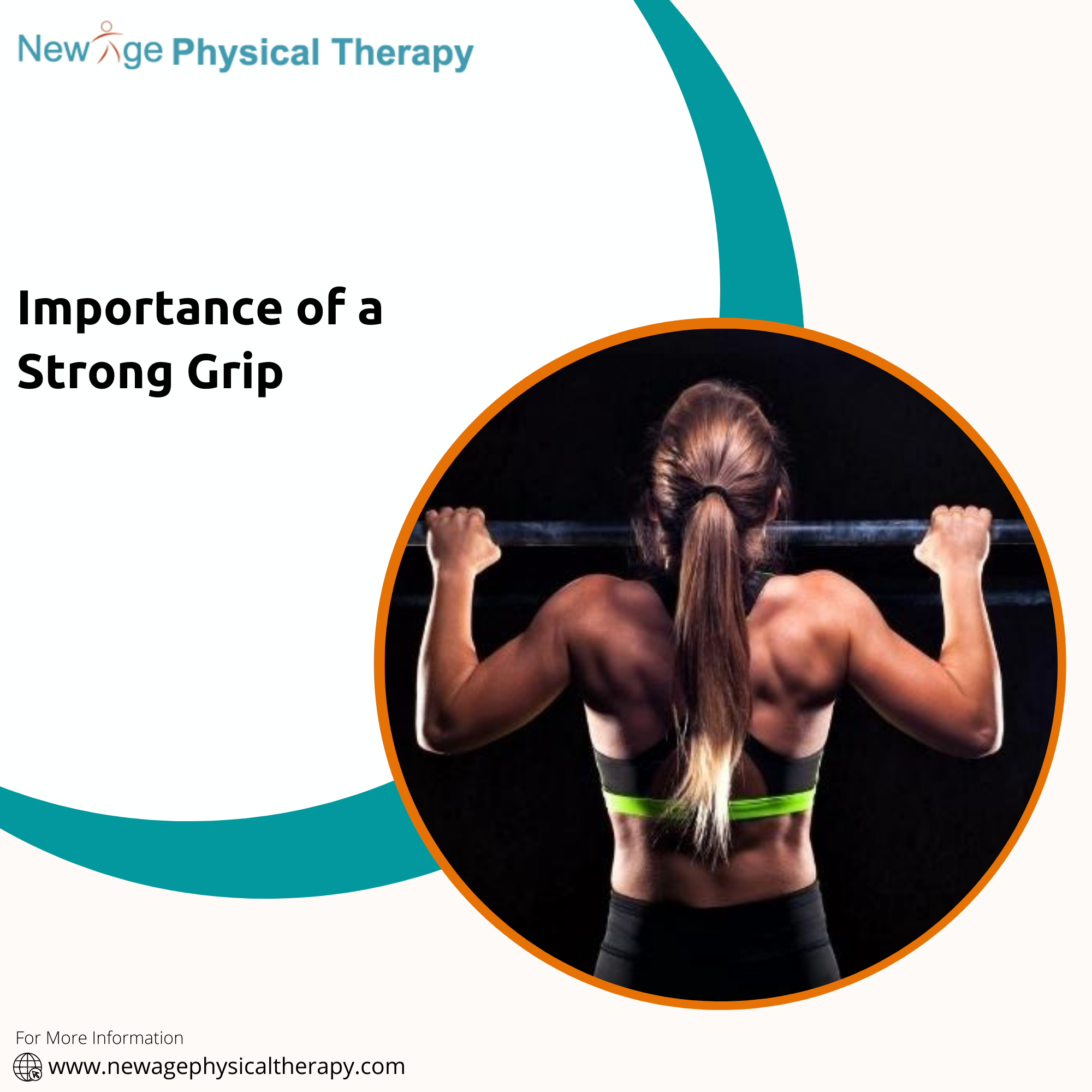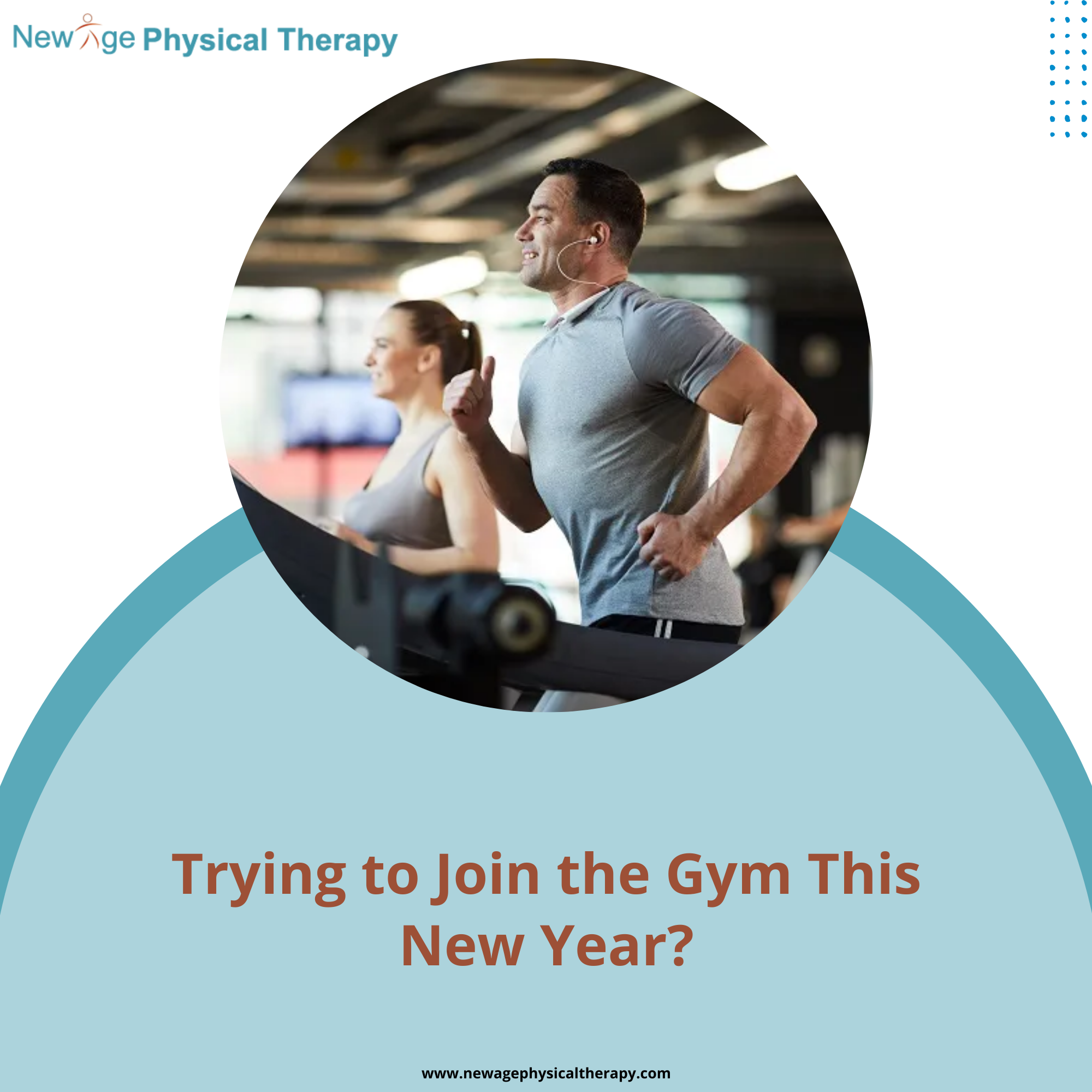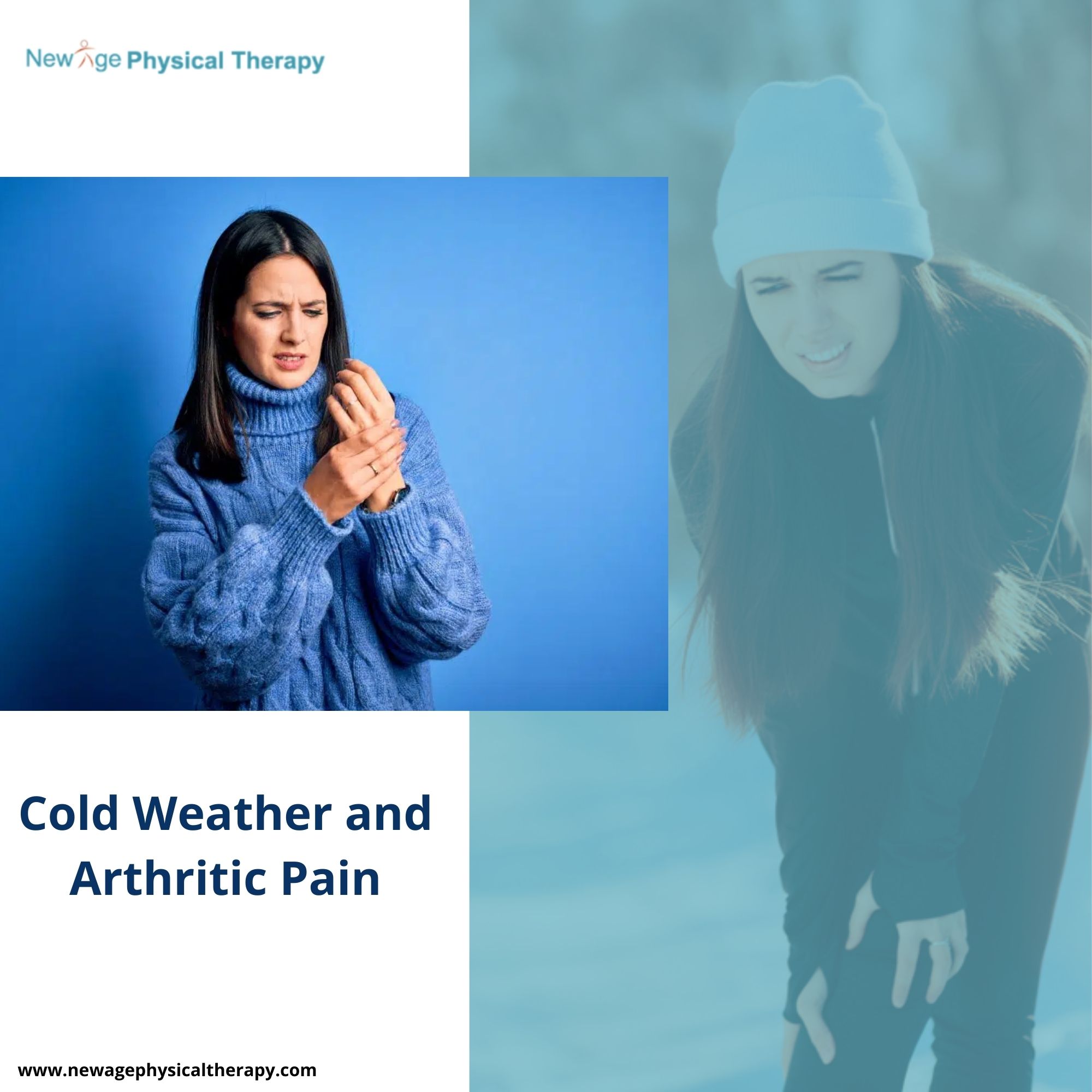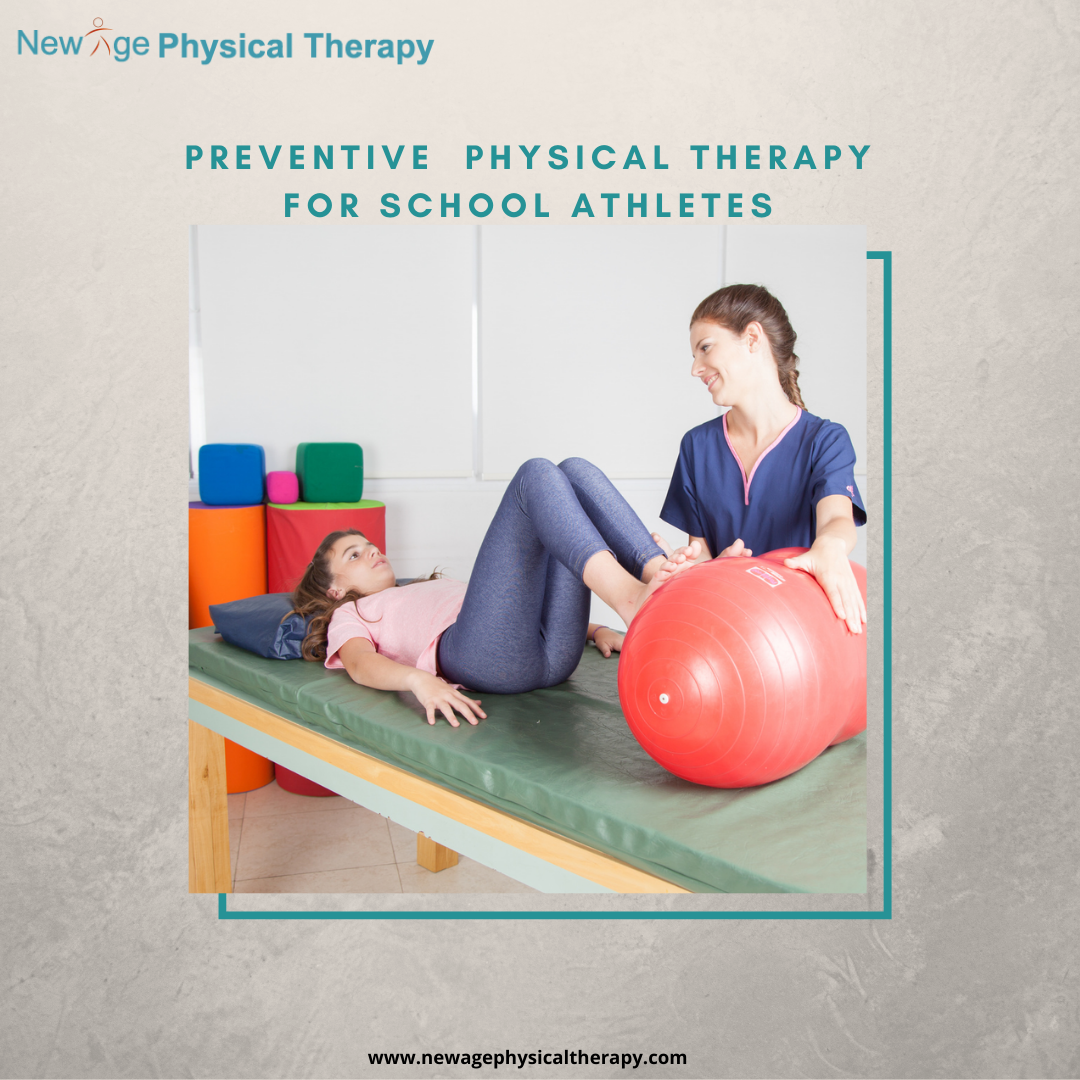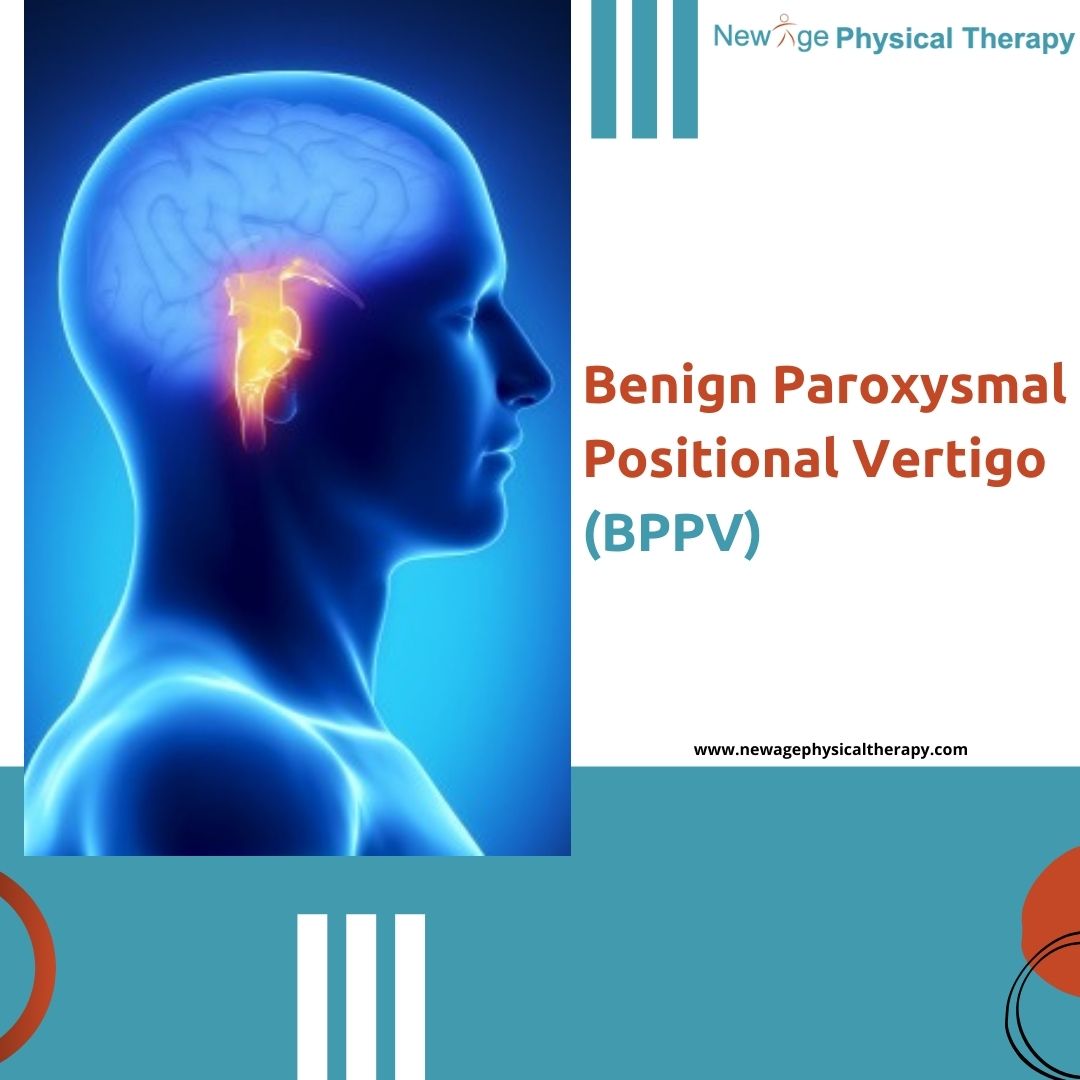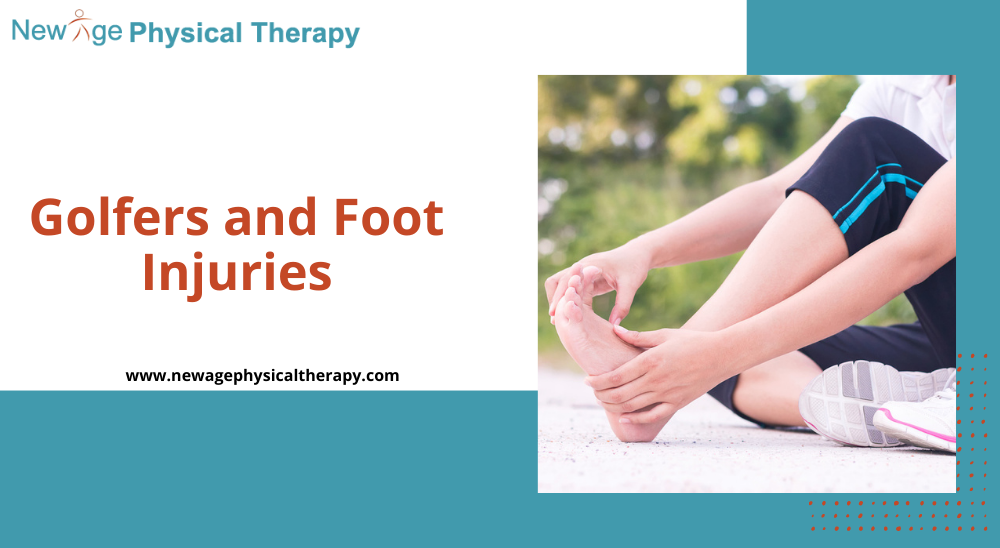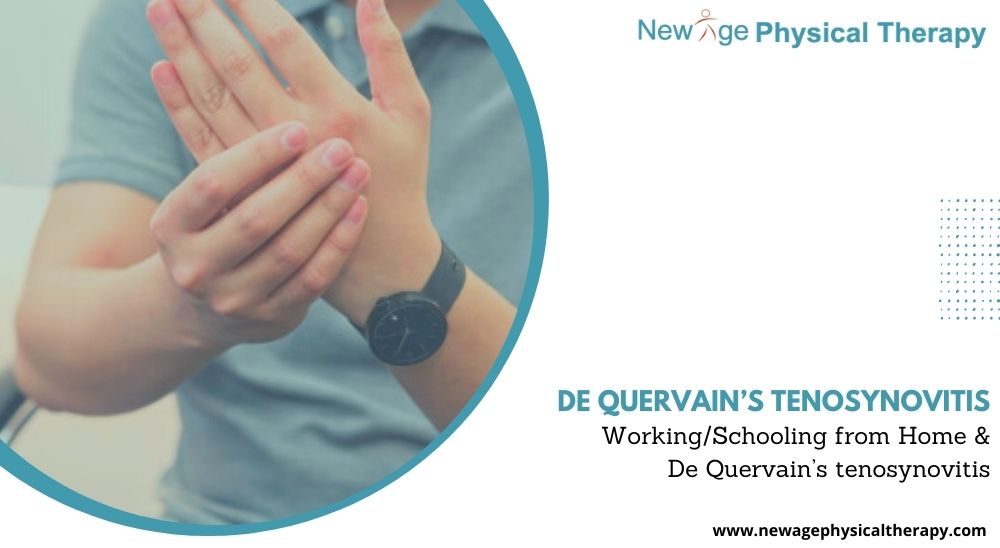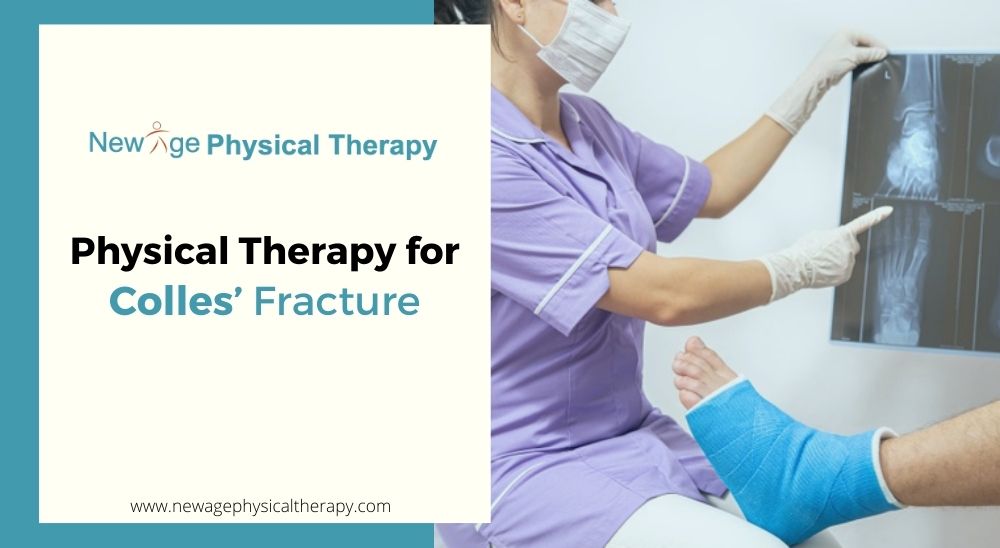Loss of Knee Extension Range of Motion and Physical Therapy
After knee surgery, there are times when the patient has not been informed of what happens if they do not engage in physical therapy during their optimal moments. Surely, it can be very painful right after the anesthesia wears off and the patient just wants to rest.
Rest is important. However, it’s also important to get that leg moving right away. Usually, the patient loses their functional knee extension range of motion when they lose that time or when a patient declines the therapist to push them because of the pain, or refuses to do the exercise or the stretches. Either of these things could cause this.
Is it too late? Maybe not. Depending on how long it’s been since the surgery, their age, and other underlying conditions, when a patient goes back to physical therapy fully committed to their program, one may have gains in range of motion.
What will Happen in Physical Therapy?
The physical therapist will measure your range of motion both in the healthy leg and the leg with the loss of extension to take note of what is normal for your body. They will also check your kneecap mobility, knee joint movement, and soft tissue restrictions.
Studies show that restrictions in the kneecap are correlated to a loss of knee extension. The scarred knee-tendon can prevent movement as well.
Once measurements have been made, the PT will use manual therapy to mobilize the joint, apply tissue manipulation to remove any scarred tissue and apply some force to stretch the area.
The physical therapist will also load a stretch on the patient, usually a low-load, long-duration stretch with weights that can comfortably allow for gaining in the range of motion a little bit at a time. Additionally, the patient has prescribed stretches they can do to actively apply pressure for extensions, and other strengthening exercises that support the knee.
If you have a loss of range of motion in your knee after surgery, don’t wait. Call your Physical Therapy New Hyde Park, NY and see what they can do for you.

